Course name: Kingston Heath
Location: Melbourne, Victoria, Australia
Four Word Course Review: Little course that could
Flat, shoehorned into about 120 acres, laid out by a rookie designer, tinkered with ad nauseum... you'd not think on the basis of those factors that Kingston Heath could be much of a course.
Instead, here's a fantastic combination of holes, superbly bunkered, that make brilliant use of the movement the site has, provided largely by two large ridges that bisect the 1st, 6th, 8th, 16th and 17th holes and provide fantastic greensites for the 7th and 15th holes.
The scale of the features - the greens and bunkers especially - is fantastic, too. In comparisons with Royal Melbourne (West) it's often said that Kingston Heath is equally a masterclass in scale, but where RM's massive features complement the grand corridors, the seemingly smaller features at Kingston Heath are perfect for the more humble property. I say seemingly, because on much of the course the bunkers are still big and bold, but the more intricate shapes break up the impact of the sand on the eye and create smaller areas of sand separated by the capes and edges, yet it's all contained in one enormous bunker.
Further to that, another strength of the bunkering is how it ties into the native heath, rivalling the best examples from Royal Melbourne in its ability to fuse the prepared surfaces to the heathland in as natural a way as possible.
Of course given Alister MacKenzie designed the course's bunkering (and built the famous par three 15th from scratch) after Dan Souter had laid out the holes, the fact it's so perfect for the site is probably not surprising.
The undulating land is limited, but it's used well to create uncomfortable drives at the 1st, 6th and 16th, an appealing long approach to the 7th, an all-world iron shot to the 15th, a downhill approach at the next hole and a blind strike over the ridge another hole later, completing a stretch of three holes where the same feature has been used to test four very different skills.
Where the land gets flatter, the bunkering comes into its own.
The short par four third is a well-balanced temptation because of its bunkers, the 5th sets up nicely for the mid to long iron shot required, the 10th's bunker-ringed green is a typically effective sandbelt solution to 150m or so of such land, the centreline and flanking bunkers at the 11th and 12th add interest to their tee shots, while a wild green on the closing hole - coupled with the hole's length - make for a difficult finish on the back of the three-hole stretch described above.
Of course with so little undulating land, fantastic greensites are scarce - the 7th and 15th are the only ones that race to mind - but the greens don't suffer too much for that with their smart bunker placement and internal movement making many of them standouts nonetheless. The bunkerless 17th is among the best greens, the simple front-to-back grade level green is ideal for the blind long or mid iron shot required to approach it.
Each of the par fives - the 7th, 12th and 14th, feature interesting bunkering in the lay-up zone, making for a great hole whether you need two shots or three to get to the green.
The absence of temptation to drive at the green on the reachable 9th drops the hole a level below the sandbelt's best short par fours and there are a couple of less interesting shots in the course's flattest central portion, but all things considered there's a good reason this course is so often dissected by way of comparison and contrast with Royal Melbourne (West): it is an entirely different beast, but no less compelling in the range of challenges it presents.
And as a final feather in its cap, Kingston Heath was comfortably in the best condition of the courses I played in Melbourne, with firm greens and tight turf in the fairways, as well as approaches firm enough to allow a deliberate run-up or bounce-on approach shot.
Those firm greens also demand precision when attacking many of the more difficult pin positions and reward a tee shot that finds the fairway, allowing sufficient spin to be imparted on the approach shot. For us mortals who can't generate 10,000rpm from the rough, it's wonderful that those sorts of things still matter!
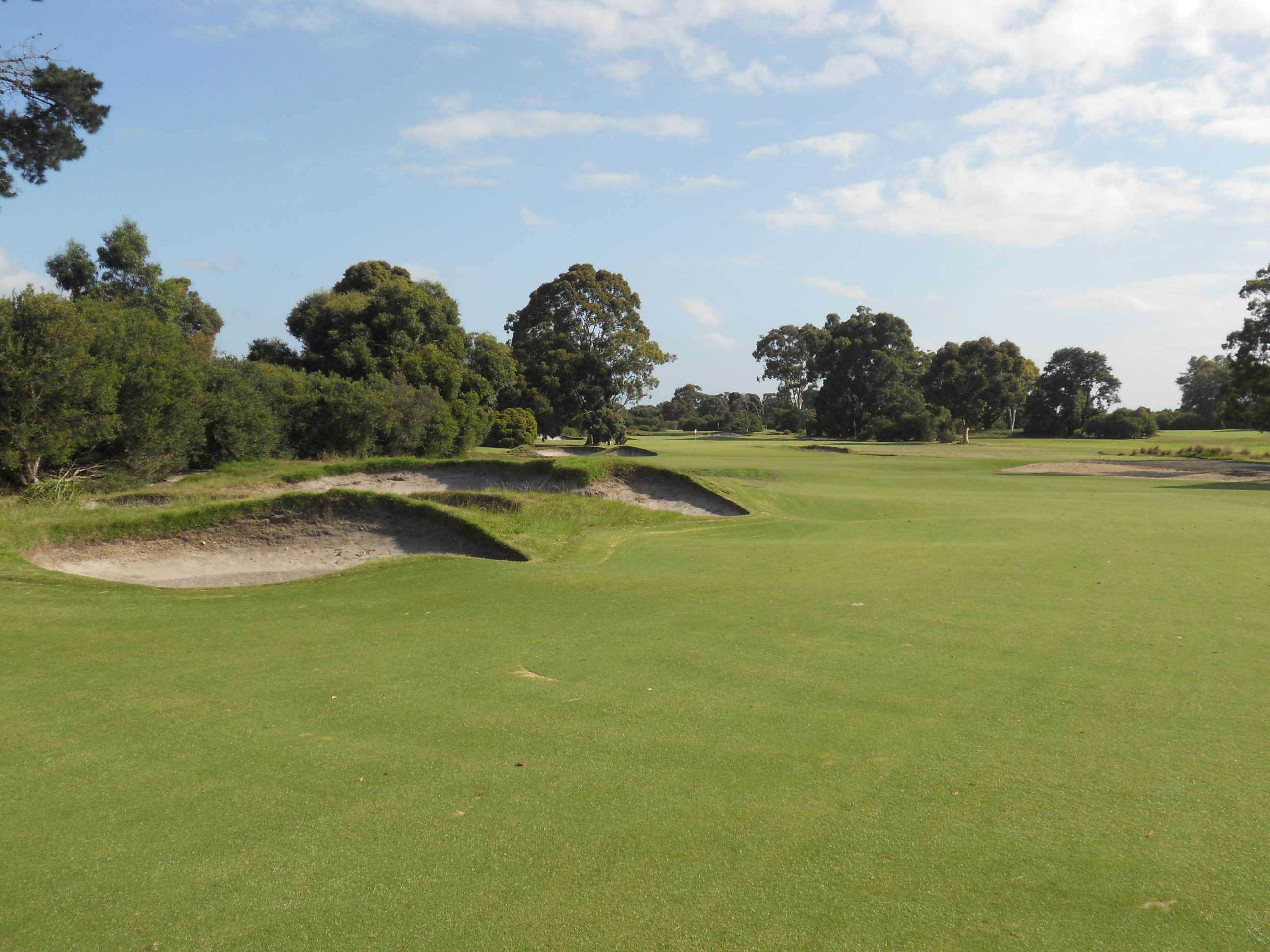
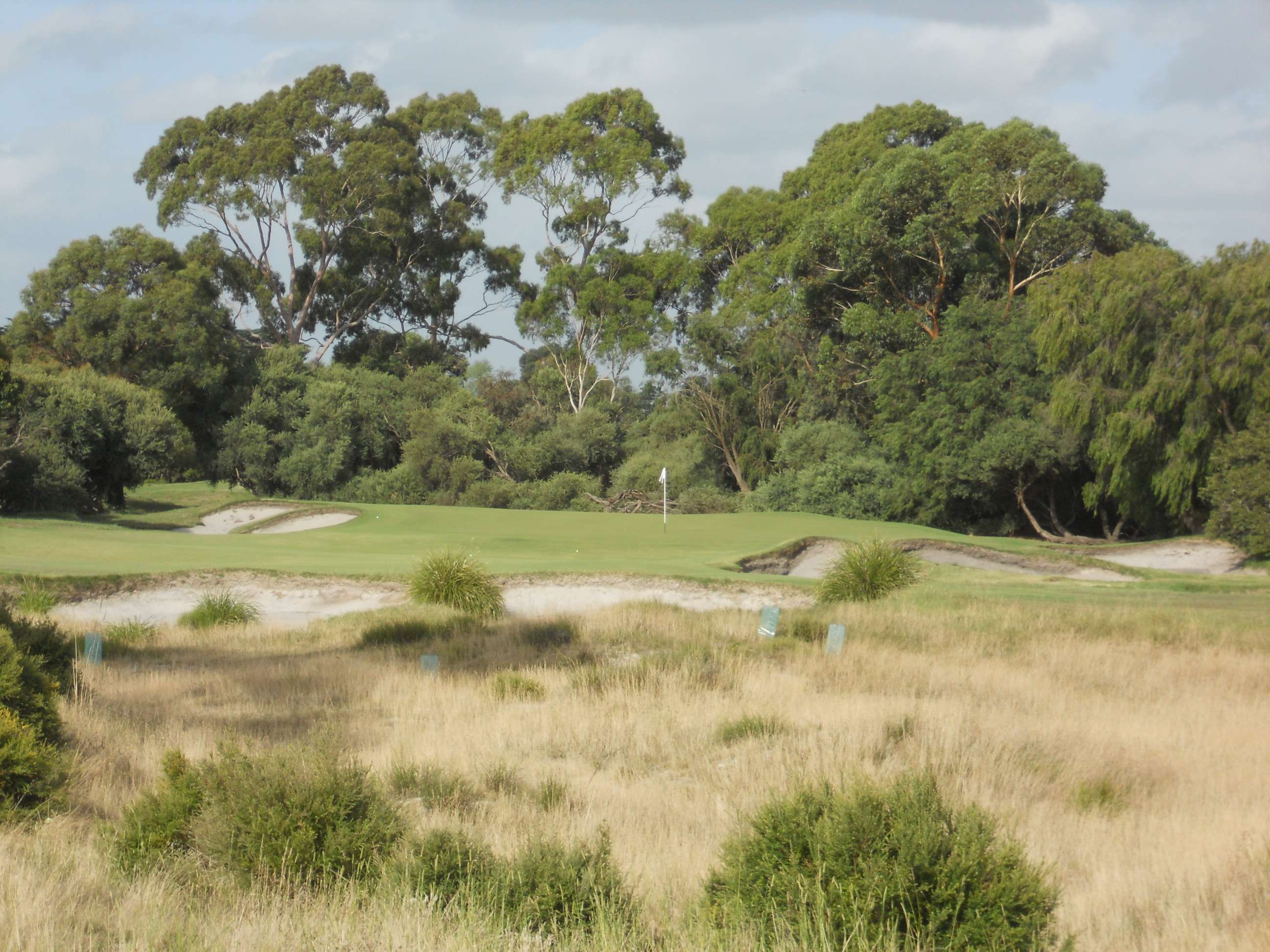
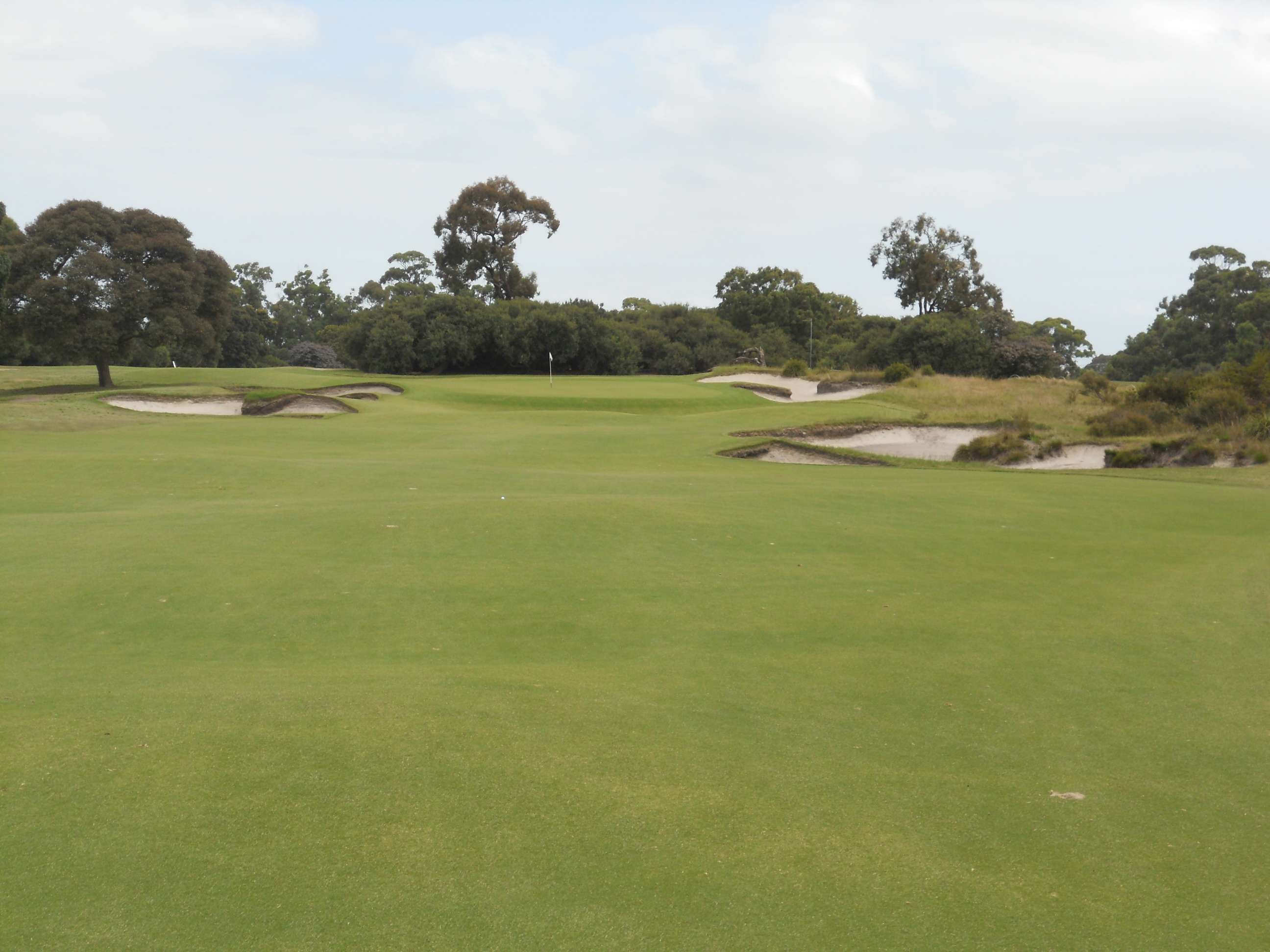

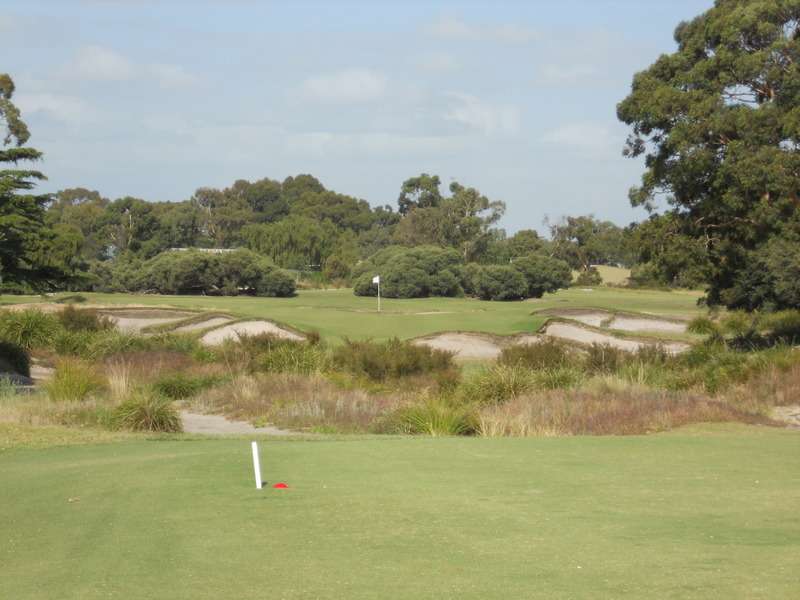

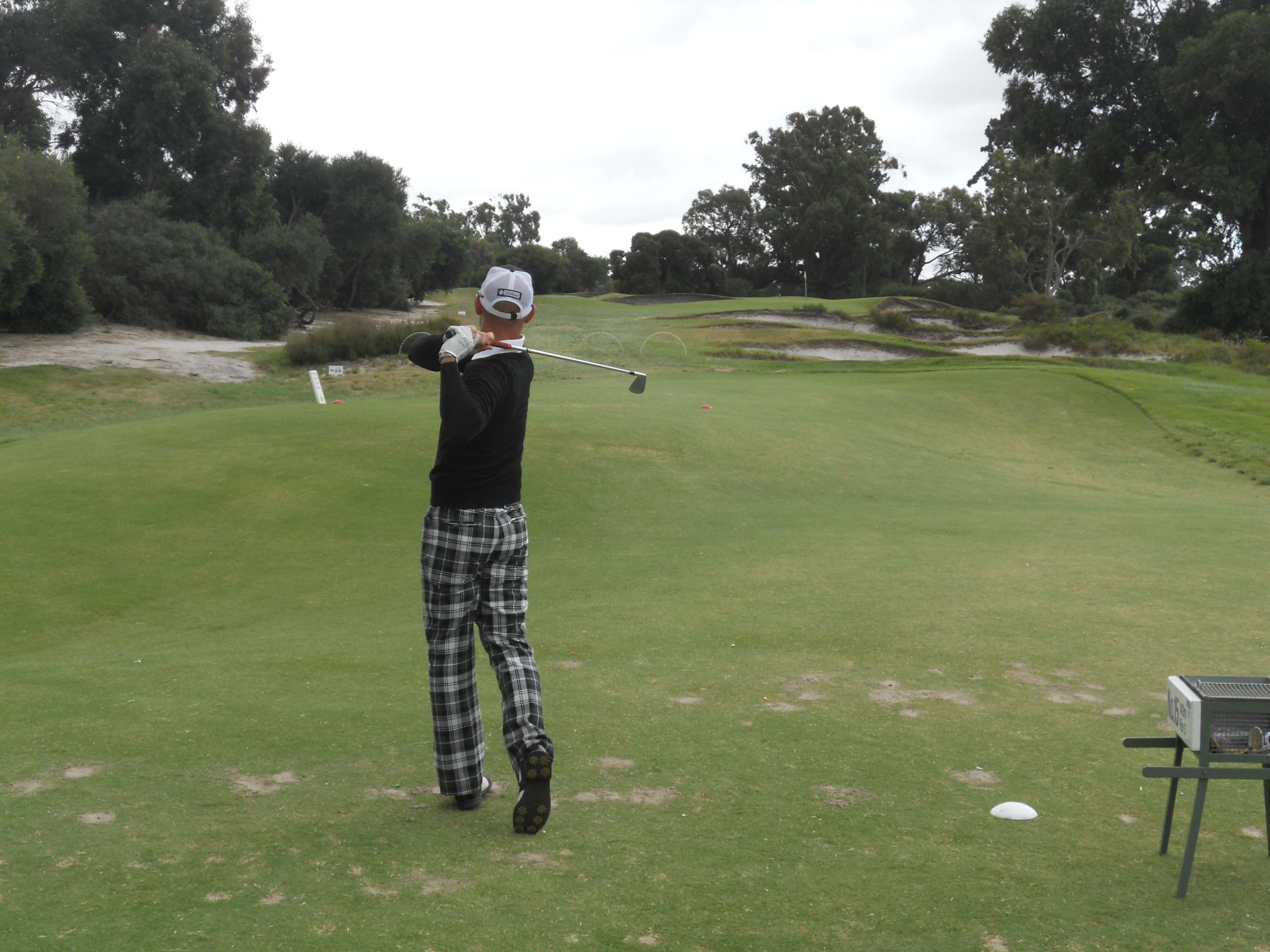
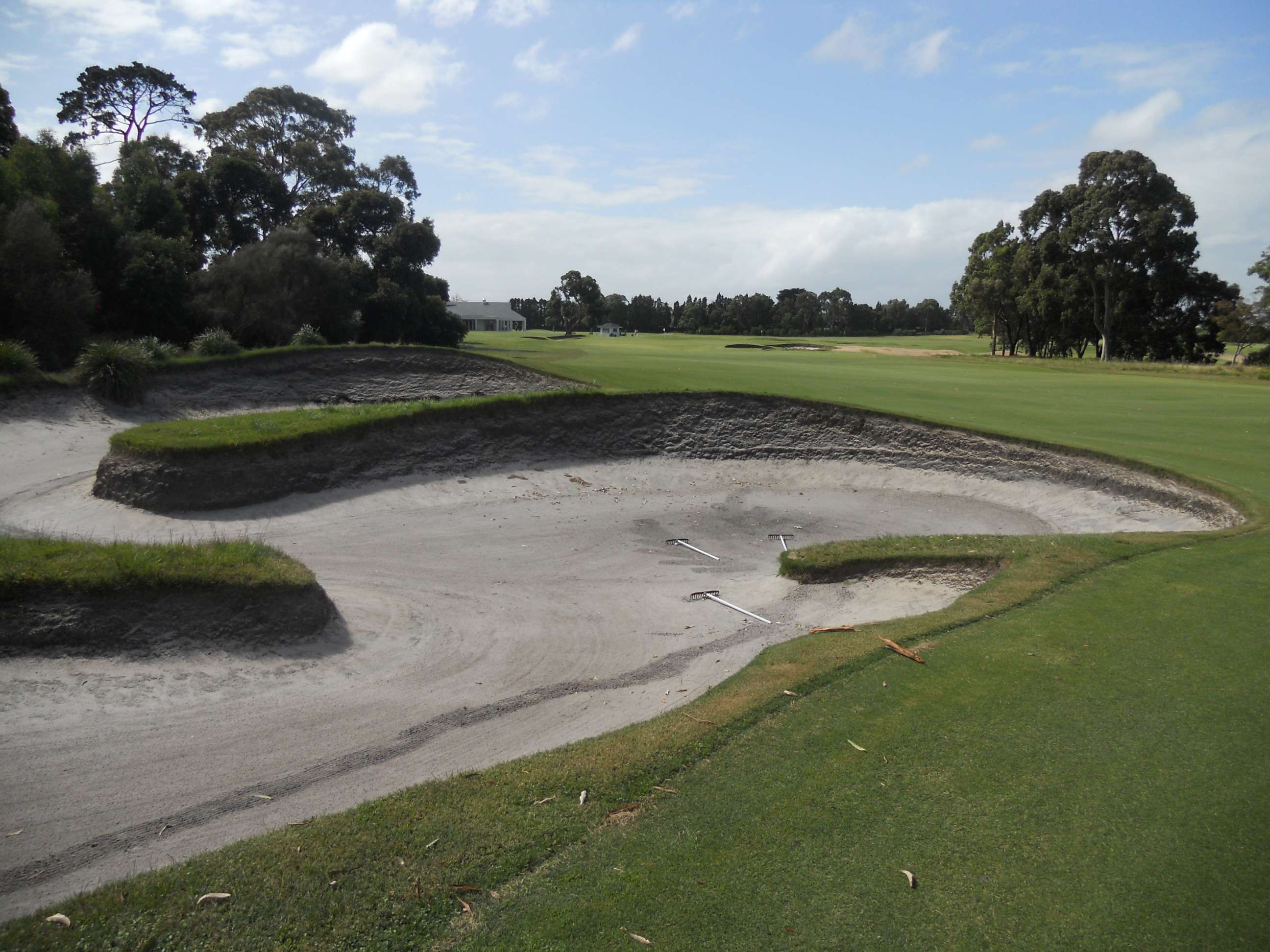
Great summary of the course's strengths Scott. You're welcome there anytime! :)
ReplyDelete